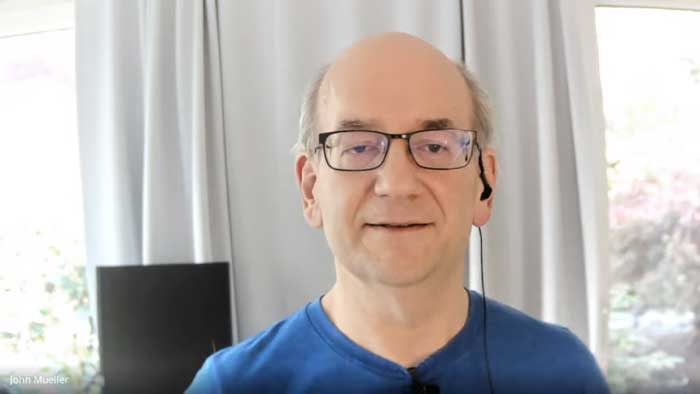In an SEO Office-hours hangout Google’s John Mueller was asked if Google gave a preference to content located in the spot known as above the fold. Mueller explained of how much content Google expects to see in the top of the page area.
What Does “Above the Fold” Mean?
“Above the fold” is a reference to the content that can be seen without scrolling when a web page loads in a browser.
The origin of the phrase comes from how newspapers used to be displayed within a news box vending machine.
The top part of the newspaper that was above where the newspaper was folded (above the fold) would be visible.
Illustration of the Origin of the Phrase “Above the Fold“

Above the fold today means the content that is at the top of the page and is visible without having to scroll down to see it.
Illustration of Web Content that is “Above the Fold”

Question About Above the Fold Content and Ranking Benefit
Someone related to John Mueller that a competitor moved their content and links from below the fold to above the fold.
They next observed that the rankings improved “massively” after updating their website in that manner.
The question is if Google gives preference to content above the fold more or below the fold more.
John Mueller on Content Google Expects to See Above the Fold
 Screenshot of John Mueller advising how much content Google prefers to see above the fold
Screenshot of John Mueller advising how much content Google prefers to see above the foldAbove the Fold Content and Rankings by Google
It’s an entirely reasonable question to ask if there’s a ranking benefit to pushing more of the content above the fold. The user experience is better when more content is above the fold.
Furthermore, in the old days, Google used to give preference to content near the top of the web page. There were many patents and research papers and statements that confirmed that keywords and headings near the top of the page were algorithmically considered more important than content toward the end of the page.
Most well written articles state their topic in the opening paragraphs and most product pages announce what the product or page is about at the top of the page. So it made sense to give a little more importance to content that was closer to the top of the page.
But those were the days before Google began using AI and natural language processing to understand the content. Google now ranks pages for content that is in the top, middle and near the bottom of the web page because Google can understand content better today and without having to guess in the way it used to.
Does Google Give Preference to Top of Page Content?
Google’s Mueller answered whether Google had a preference:
“I don’t think we have strong preferences in that regard.”
Mueller followed that statement with an explanation about what Google prefers to see above the fold.
He said:
“So the main thing is that we want to see some content above the fold.
Which means… a part of your page should be visible when a user goes there.
So for example if a user goes to your website and they just see a big holiday photo and they have to scroll down a little bit to actually get content about a hotel, then that would be problematic for us.
But if they go to your home page and they see a hall of fame photo on top and also a little bit of information about the hotel, for example for a hotel site, that would be fine.
So it’s not purely that the content has to be above the fold. But… some of the content has to be.”
Google and the Position of Content
It’s an interesting question because it helps to show how far Google has come in terms of its ranking algorithm. At some point after the Google Hummingbird update Google began to move away from using keywords in titles and headings and near the top of the page in order to guess what words were important in order to guess what the content was about.
Now Google can use natural language processing to understand what the topic of the page is and how it might relate to a search query, even if the keywords aren’t present in a search query.
So to understand the answer to the question, one must understand the difference between the old algorithm that did give preference to words near the top of the page and why Google no longer does that (AI and natural language processing).
Citation
Watch John Mueller answer question about Google’s above the fold content preferences, at approximately the 55:13 minute mark.





![AI Overviews: We Reverse-Engineered Them So You Don't Have To [+ What You Need To Do Next]](https://www.searchenginejournal.com/wp-content/uploads/2025/04/sidebar1x-455.png)